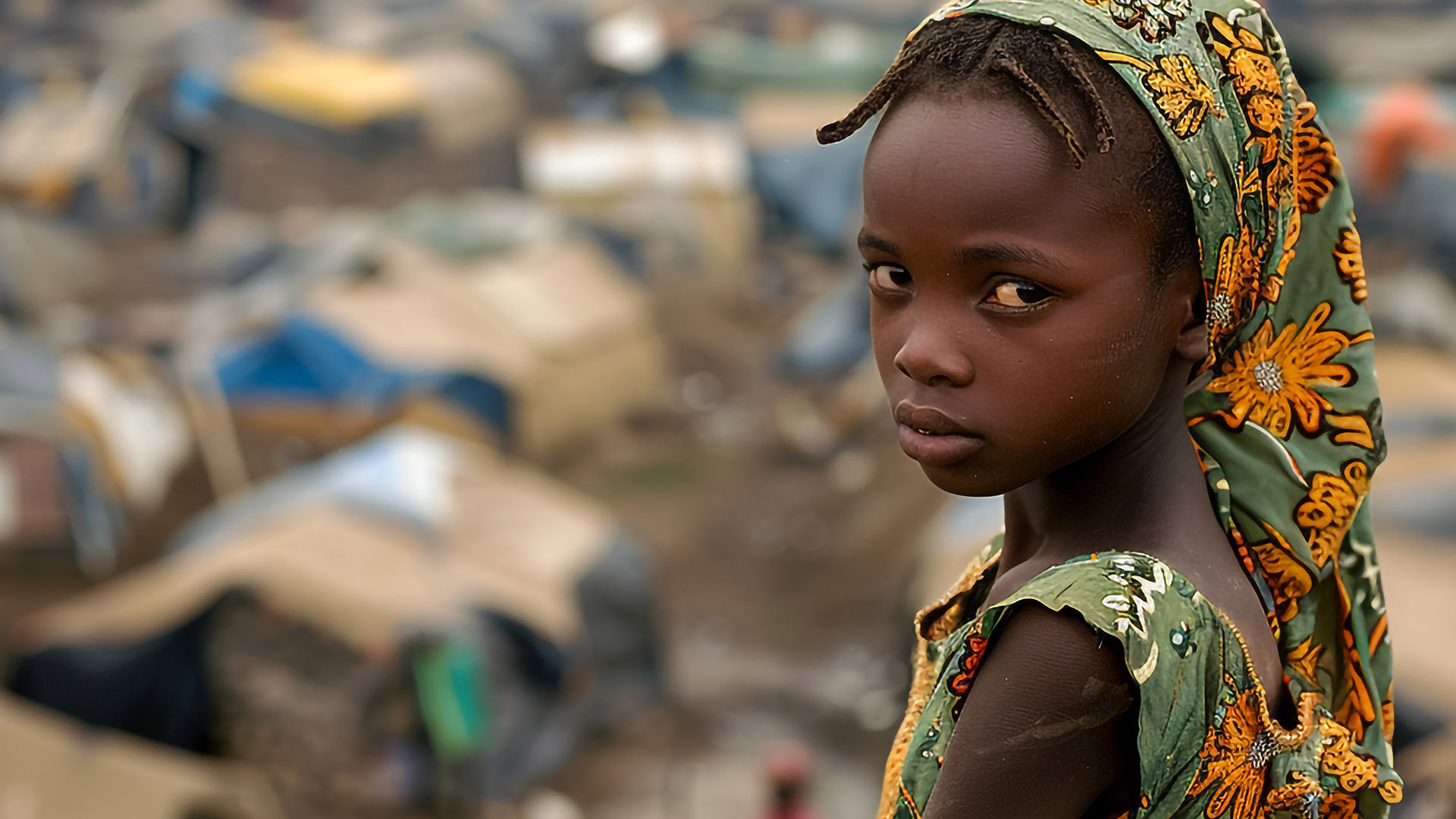In Busia County, Kenya, the issue of teenage pregnancy has reached alarming levels, with nearly 1 in 4 girls aged 15-19 either pregnant or already mothers. While various factors contribute to this crisis, poverty stands out as the most significant root cause. The intricate relationship between poverty and teenage pregnancy creates a cycle that is difficult to break, trapping generations of young girls in a life of limited opportunities and hardship.
The Vicious Cycle of Poverty and Teenage Pregnancy
Poverty in Busia County is pervasive, affecting almost every aspect of life. Many families struggle to meet their basic needs, and the lack of financial resources often forces young girls into situations that increase their vulnerability to early pregnancy.
1. Limited Access to Education
Education is one of the most powerful tools in preventing teenage pregnancy. However, in Busia, poverty often forces young girls to drop out of school. When families cannot afford school fees, uniforms, or even meals, education becomes a luxury rather than a right. Without access to education, girls lack the knowledge and skills needed to make informed decisions about their reproductive health, leaving them at a higher risk of early pregnancy.
2. Economic Pressure and Early Marriage
In many impoverished households, girls are seen as a means to alleviate financial burdens. Early marriage is a common practice in Busia, where parents may marry off their daughters at a young age to receive a bride price or to reduce the number of mouths to feed. These early marriages often result in teenage pregnancies, as young brides are expected to start families immediately.
3. Survival Sex and Exploitation
For some girls in Busia, the desperation brought on by poverty leads to exploitation. With limited economic opportunities, some are forced into transactional sex or relationships with older men who can provide financial support. This often results in pregnancies, further entrenching these young women in a cycle of poverty, as they now have to care for a child with even fewer resources.
The Impact of Teenage Pregnancy on Poverty
The relationship between poverty and teenage pregnancy is not one-sided. Teenage pregnancy also perpetuates poverty, creating a cycle that is difficult to escape. Young mothers in Busia face numerous challenges that limit their ability to improve their socioeconomic status.
- Interrupted Education: Teenage mothers often drop out of school, reducing their chances of securing well-paying jobs in the future. Without education, these young women are more likely to remain in poverty, struggling to provide for themselves and their children.
- Health Risks: Teenage pregnancies are associated with higher risks of complications during childbirth, which can result in long-term health problems for both mother and child. Poor health further limits a young mother’s ability to work and support her family.
- Social Stigma and Isolation: Teenage mothers often face rejection and stigmatization from their families and communities, leading to social isolation. This lack of support can make it even more challenging for them to escape poverty.
Breaking the Cycle: Addressing Poverty to Prevent Teenage Pregnancy
To effectively address the issue of teenage pregnancy in Busia County, it is crucial to tackle the underlying issue of poverty. This requires a multifaceted approach that includes:
- Improving Access to Education: Ensuring that all girls have access to quality education is essential. This includes providing financial support to families, reducing barriers to school attendance, and implementing programs that encourage girls to stay in school.
- Economic Empowerment: Creating economic opportunities for young women and their families can help reduce the pressure to marry early or engage in transactional sex. Vocational training programs, microfinance initiatives, and support for small businesses can provide alternative pathways to financial stability.
- Comprehensive Sex Education: Providing comprehensive sex education in schools and communities can empower young people with the knowledge they need to make informed decisions about their reproductive health. This education should be accessible to all, regardless of socioeconomic status.
- Community Engagement: Working with communities to change harmful cultural practices and attitudes towards early marriage and teenage pregnancy is crucial. Community-based organizations like Benter Teenage Mothers’ CBO play a vital role in raising awareness and supporting young girls.
Conclusion
Poverty is undeniably the root cause of teenage pregnancy in Busia County. By addressing the economic challenges that young girls and their families face, we can break the cycle of poverty and early pregnancy, giving these girls a chance at a brighter future. The fight against teenage pregnancy is not just about reducing the numbers; it’s about empowering a generation of young women to rise above their circumstances and create better lives for themselves and their communities.



